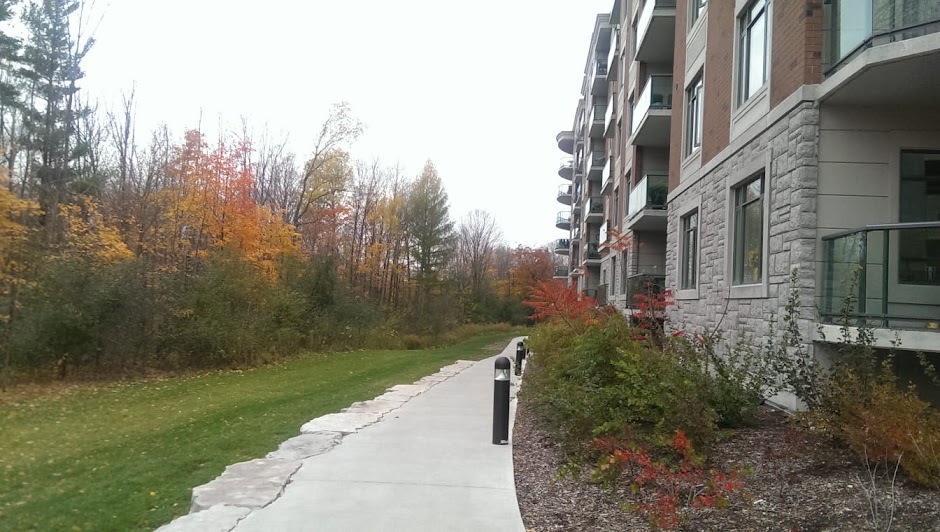Ever a gifted orator, St. Augustine was able to deliver a whole lecture on biblical theology in a few words: “The New Testament is hidden in the Old, and the Old Testament is manifested in the New”.
Just got off a video-conferencing meeting with a family Bible sharing group. Although everyone felt a little unnatural, the virtual gathering was nonetheless a welcomed opportunity to meet and share at an unprecedented time of national lockdown. If there was one common thread connecting all the families in isolation, it was a feeling of anxiety and fear. One family expressed concern that sooner or later the nursing home where their mother resided just might experience an outbreak. Another wondered if daily life would ever be the same when the crisis finally ended, whenever that might be. All of us were hoping our children would not lose their jobs – it’s like waiting for the other shoe to drop!
“Do not let your hearts be troubled. You have faith in God; have faith also in me “(John 14:1). These comforting words from this Sunday’s gospel cannot have come at a more opportune time! “Do not let your hearts be troubled”, “Do not be afraid”, “Peace be with you” – tender words such as these are constantly on Jesus’ lips (Mt. 14:27, Jn 14:1, 20:19). They sound great, but why should we believe him? In his own words, this is why: “If I do not perform my Father's works, do not believe me; but if I perform them, even if you do not believe me, believe the works...” (John 10:37-38). In other words, our faith in Jesus should rest in the works he performs. The works he performs are what the Father has foretold and commanded from time immemorial. He has brought them all to completion. So, believe!
The “Father’s works” that Jesus has brought to completion include everything foretold about him in the Old Testament – his divinity; his relationship with the Father; his incarnation, death, resurrection, and ascension. No human mind can claim to comprehend how God could have known, foretold, and brought to fulfilment everything about Himself through activities and events freely chosen and acted out by erratic humans over time in the volatility of world history. It’s a powerful mystery unfolding before our very eyes in the Old Testament and New Testament books, demanding our deepest reverence and unreserved submission of faith. Ever a gifted orator, St. Augustine was able to capture this awe-inspiring concept about the Scriptures in just a few words: “The New Testament is hidden in the Old, and the Old Testament is manifested in the New”. The Catechism simply calls it “typology” (CCC 128-130). Let’s use this Sunday’s readings to illustrate this important concept, which is absolutely critical for any serious Bible reader to master. We’ll focus on reading 2 – 1 Peter 2:4-9.
“Stone” is one of the most important images used in the OT scriptures to prefigure the Messiah. The book of Daniel, for example, uses “a stone which was hewn from a mountain without a hand being put to it” to prefigure the coming of the Messiah, whose Kingdom will replace all earthly kingdoms (Daniel 2:34). Here in the 2nd reading, Peter identifies Jesus with this OT image and sees him as the “cornerstone” upon which God’s house will be built (1 Pt 2:6, Ps 118:22, Is 28:16). He is also “the stone that the builders rejected” as Israel, the people chosen by God to build His house, was first unfaithful to God and later also rejected Jesus, His Son.
As THE foundation stone, Jesus appoints Peter as his representative on earth: “And so I say to you, you are Peter, and upon this rock I will build my church” (Mt 16:18). Peter, or “Petros” in Greek or “kepha” in Aramaic, the language spoken by Jesus, is a masculine noun for a sizeable “rock” or “stone” (cf. Ignatius Catholic Study Bible, p. 37). What Peter, the rock or stone, is telling us is that we are also living stones by virtue of our baptismal grace. Therefore, “let yourselves be built into a spiritual house to be a holy priesthood to offer spiritual sacrifices acceptable to God through Jesus Christ” (1 Pt 2:5). In other words, all Christians are mandated to be living stones like Peter and, by extension, Jesus. Together as living stones and God’s holy people, we are the Church, the house of God, the new Israel (LG 9). Affirming the same teaching, St. Paul asks, “Do you not know that you are the temple of God, and that the Spirit of God dwells in you?” (1 Cor 3:16). As the Church, we are holy because the Holy Spirit dwells in us.
By now our readers should be able to see the profound insight of St. Augustine’s dictum. The New Testament teaching that Christ is the Living Stone and we his Church, is already hidden in the Old Testament, even if it is not in a readily recognizable form (Dan 2, Ps 118, Is 28, etc.). The Old Testament images and prophecies that point us to Christ and his Church, while not immediately comprehensible in the context of the OT, are now made crystal clear in the truths and teachings of the New Testament (1 Pt 2, Mt 16, 1 Cor 3, etc.). St. John Cardinal Newman, sometimes known as an “invisible” Father of Vatican II due to his influence, used these last few words inscribed on his tombstone to teach us what reading the Bible from the OT to the NT is all about: “From Shadows and Images into the Truth”. His words are no less brilliant than the Augustinian dictum.

